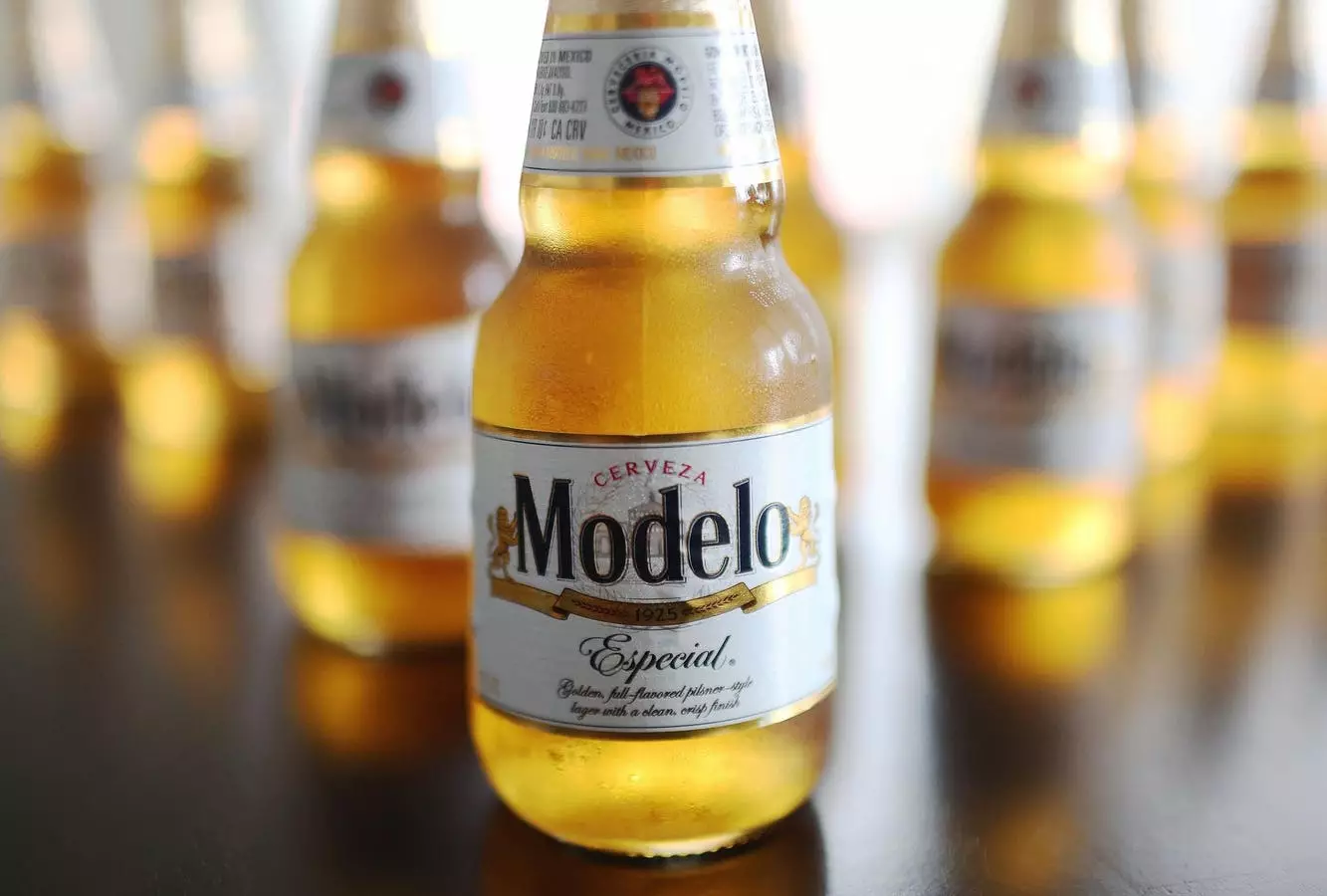In recent years, the landscape of the American beer market has shifted dramatically, with Mexican imports gaining substantial popularity. Beers like Modelo Especial have soared to the top of sales charts, even eclipsing domestic beers. As these imports flourish, political tides have risen, and the looming threat of tariffs on imports from Mexico and Canada has emerged. President-elect Donald Trump has indicated a proposal to impose a significant 25% tariff starting January 20, 2025, contingent on immigration and drug control efforts by these neighboring countries. This proposed economic strategy warrants a closer examination of its potential implications for both the beer industry and consumers.
The proposed tariffs are rooted in broader political issues surrounding immigration and drug trafficking. However, these tariffs could ripple through various sectors, notably the beer market. According to beverage alcohol analyst Kate Bernot, such tariffs could lead to a price surge on imported beers, with inflation rates aligning with the 25% tariffs. This raises the question of whether consumers will still opt for these premium beers or will be driven to explore less expensive alternatives within the marketplace, thus reshaping consumer behavior.
Moreover, the fallout from these tariffs might not be confined to imported Mexican beers alone; it could also extend to the entire beer sector. If popular import prices increase, domestically produced beers might follow suit, as pricing dynamics shift across the market. Substituting cheaper options may not be straightforward, though, as the range of viable alternatives in the Mexican beer niche is limited to a select few brands.
Another aspect of the tariff situation is the impact it may have on domestic brewing operations. There is a question of whether more multinational brands will opt to shift production to the United States to avoid tariffs entirely. While this option could minimize logistical challenges and carbon emissions, industry experts, including Bernot, express skepticism regarding feasibility. The extensive capital investment and infrastructural overhaul required to localize production represent considerable hurdles that most companies may find daunting.
Additionally, the focus on raw materials for domestic brewing raises concerns. The brewing sector relies significantly on imported goods like malting barley from Canada and aluminum for packaging. Tariffs imposed on these essential materials may further complicate production capabilities for American breweries, which already grapple with a fluctuating market and changing consumer preferences.
One potential outcome of imposing tariffs is the likelihood of retaliatory tariffs from affected countries. This cycle of reciprocal action is not uncommon; during past tariff disputes, American alcoholic exports, particularly spirits, faced hindered access to foreign markets, leading to losses for U.S. producers. Such retaliatory measures could exacerbate the challenges facing the American beer industry, complicating trade relations and constraining the market further.
Although premier beers may experience less impact compared to spirits or wine due to a steadier production framework, the ramifications of price increases will still reverberate through the sector. For beer enthusiasts, the prospect of paying more for beloved brands tends to overshadow any potential benefits that could arise from protective economic measures.
As the deadline for the potential tariffs draws closer, the uncertainty surrounding the American beer industry remains palpable. Consumers may find themselves at a crossroads, with choices that could be influenced by shifting prices and availability. The intricate dance between political decisions and market responses demands careful analysis, as the future of Mexican import beers and broader implications for the American beer industry hang in the balance. Going forward, stakeholders must remain vigilant, adapting to political climates that may shape not only their market strategies but also the very nature of beer consumption across the United States. If implemented, these tariffs are bound to redefine the beer landscape, leaving both brewers and drinkers in a state of cautious anticipation.


Leave a Reply